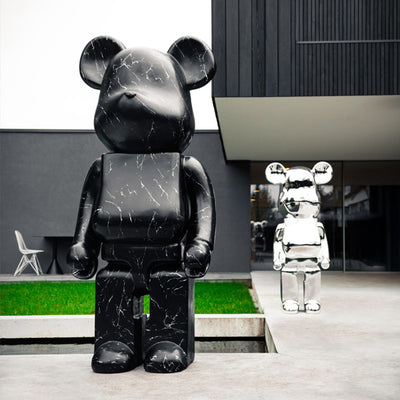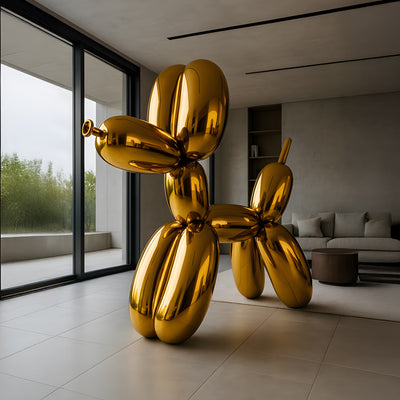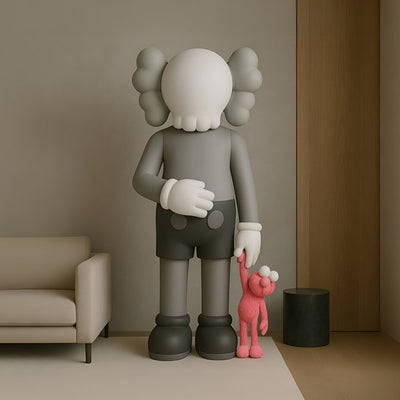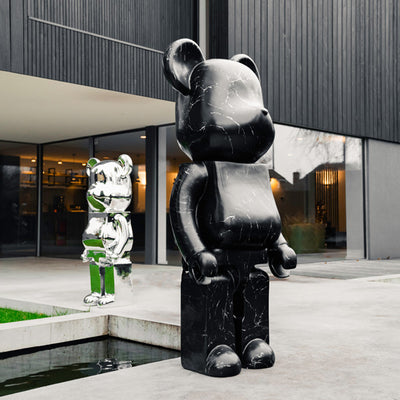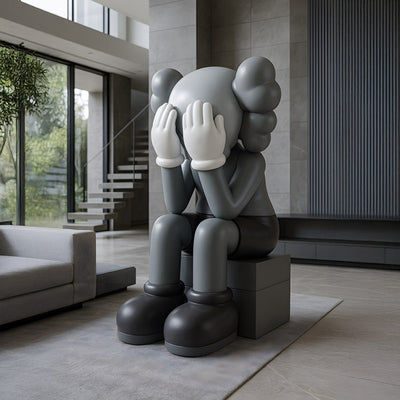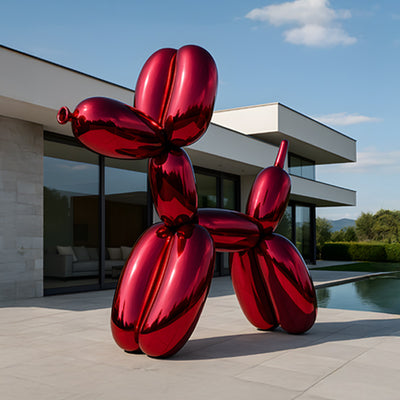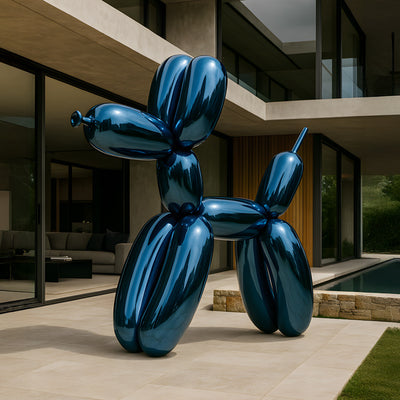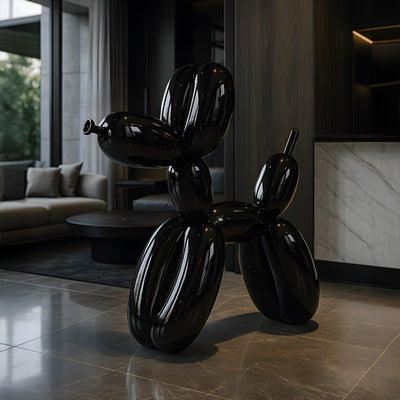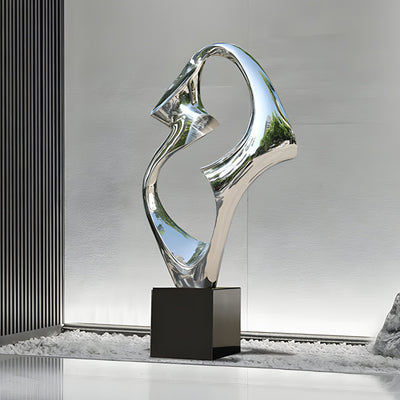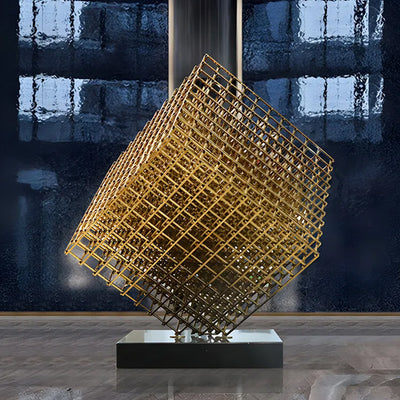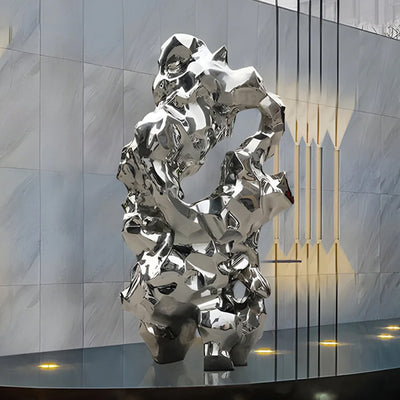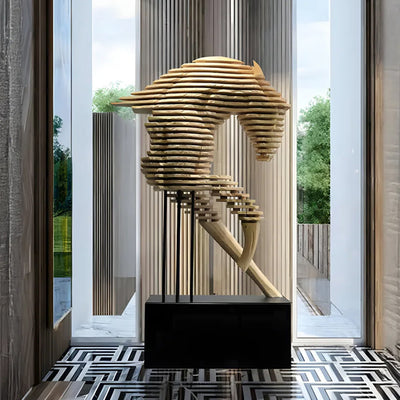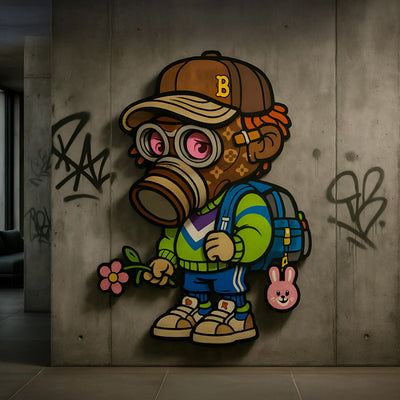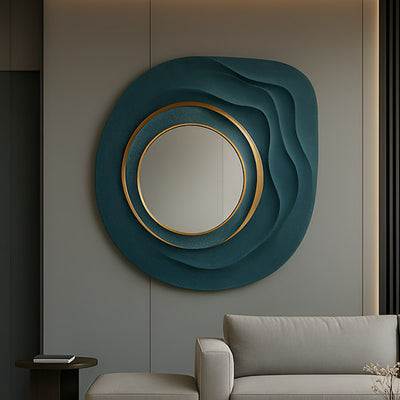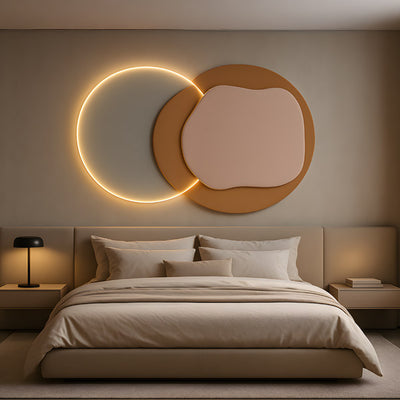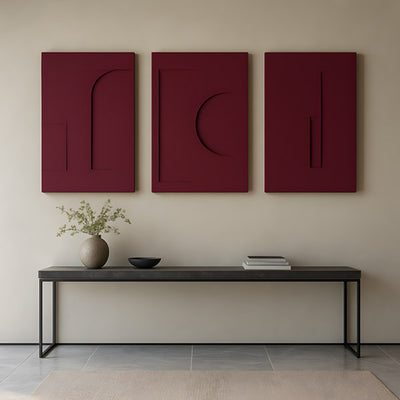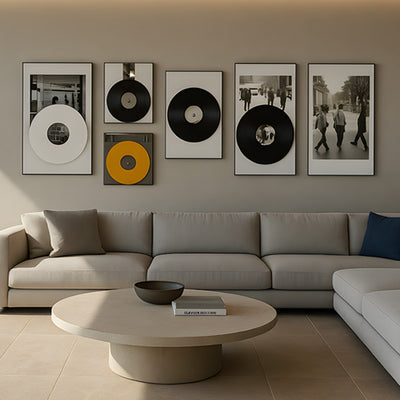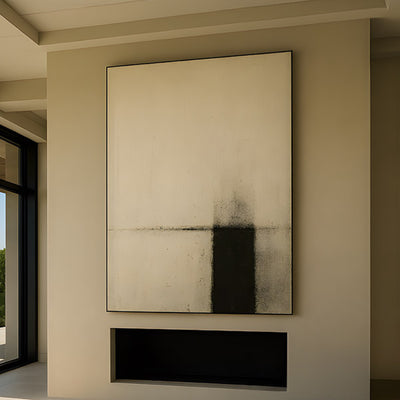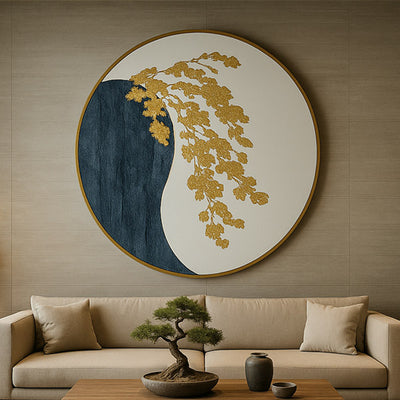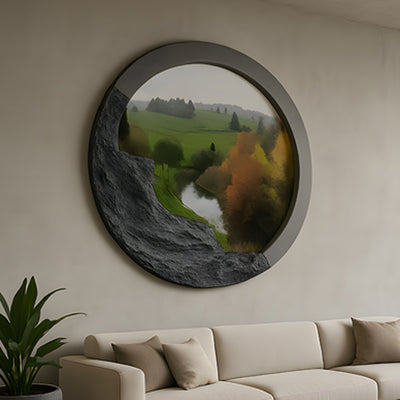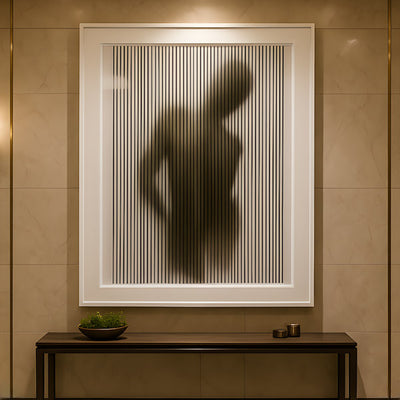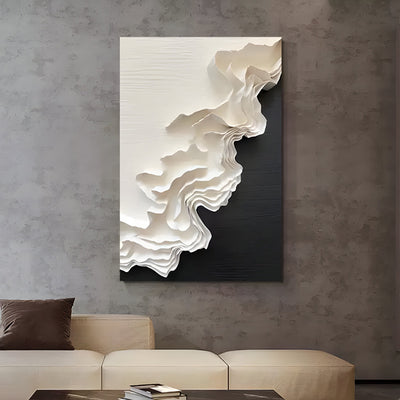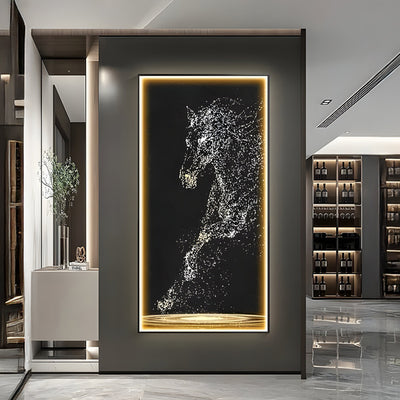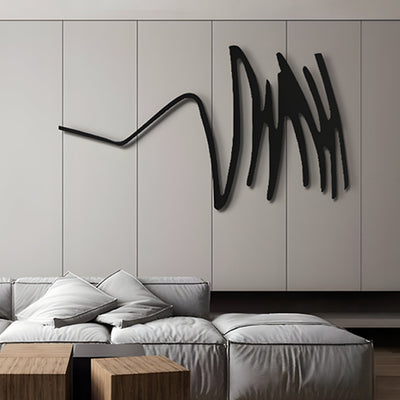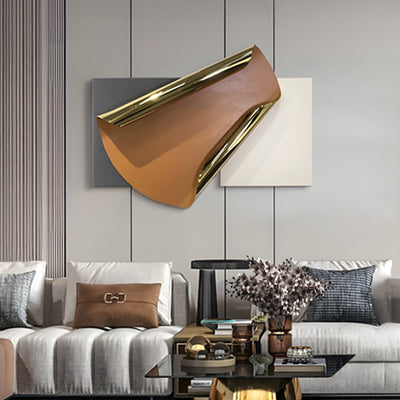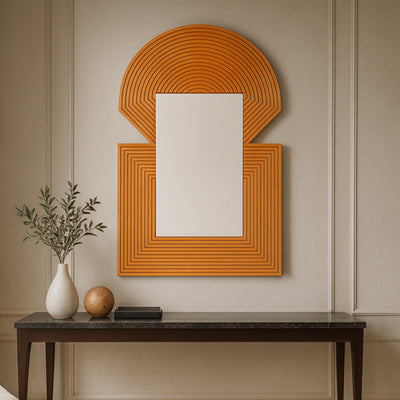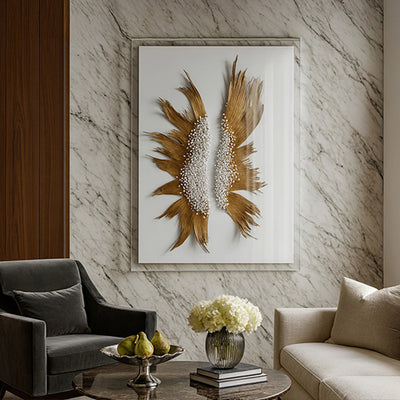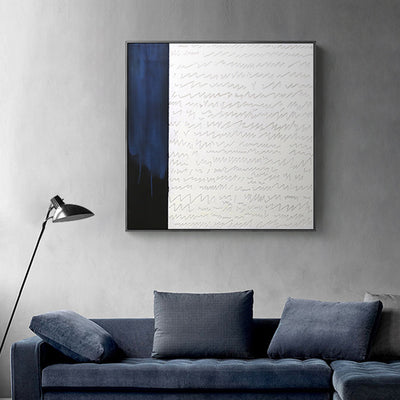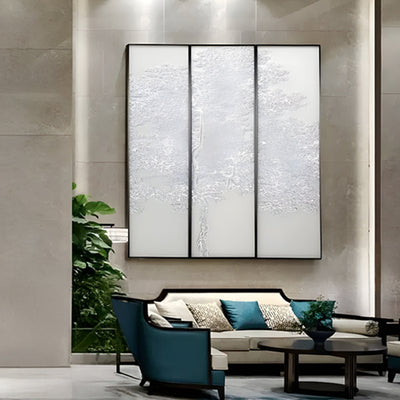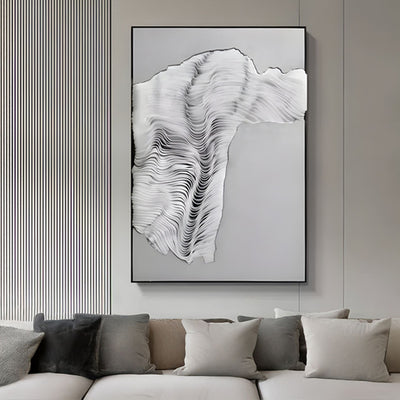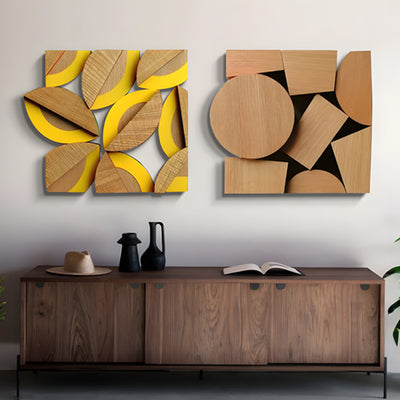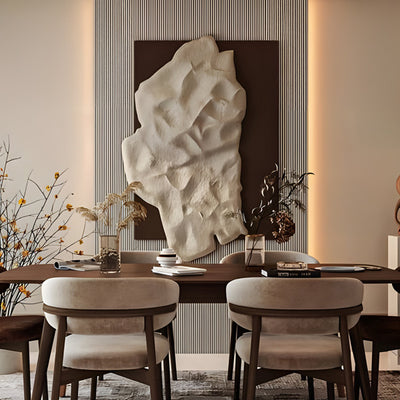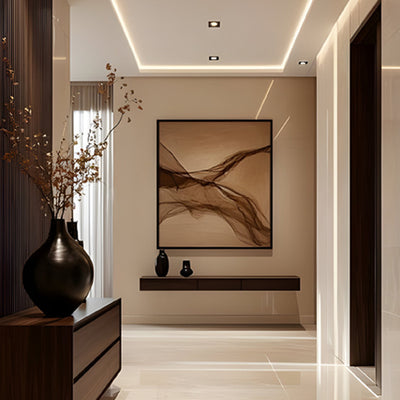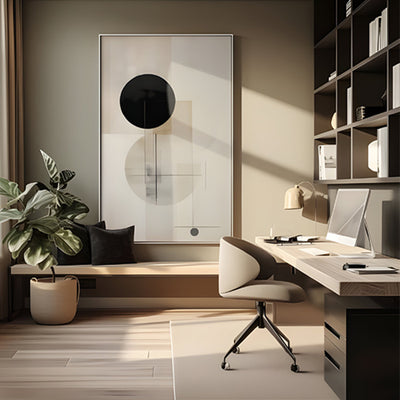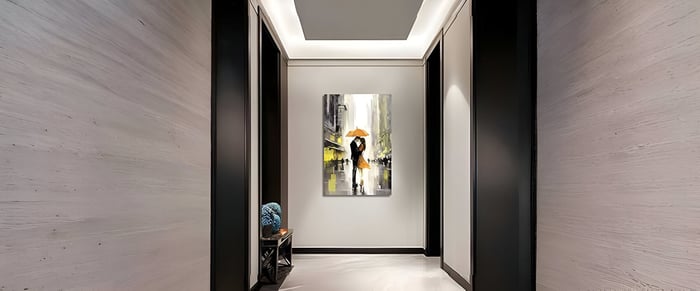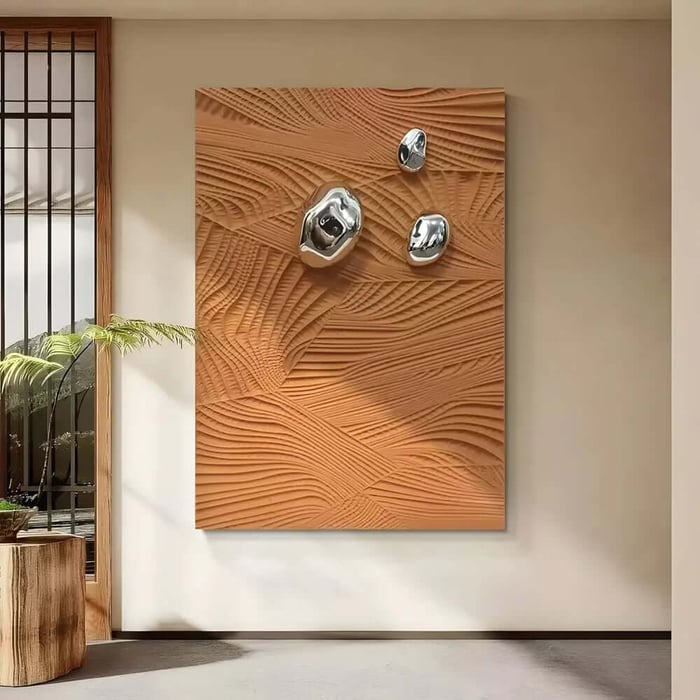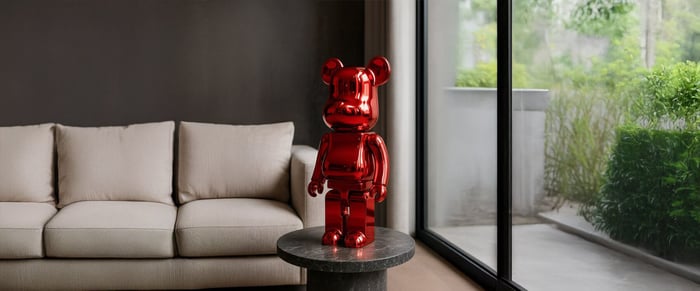Table of Contents
- Hallway Art Basics: Size, Height, and Spacing
- Hallway Gallery Wall Layouts That Always Work
- Hallway Art Lighting: Make It Look Gallery-Grade
- Design Moves for Small or Dark Hallways
- Staircase & Landing: Hallway Art on the Move
- Materials, Frames, and Finishing Touches
- Buying, Budgeting, and Authenticity
- Care & Maintenance for Hallway Art
- Conclusion: Turn Every Corridor into a Curated Space
- FAQs
If your corridor feels like dead space between rooms, hallway art is the quickest way to give it purpose. With the right scale, layout, and lighting, a pass-through becomes a mini-gallery that greets you every day. Whether you love bold contemporary prints or a timeless black-and-white grid, these tried-and-tested moves make the look work in real homes especially small or narrow ones.
Hallway Art Basics: Size, Height, and Spacing
The biggest mistake with hallway art is going too small. Narrow walls trick the eye; petites pieces can look apologetic. If the corridor is slim, pick one commanding piece (roughly two-thirds the width of the wall segment) or a tight series that reads as one visual block. Multi-piece sets (diptychs, triptychs) maintain rhythm without feeling busy.
Hanging height matters. Start with a centreline around standard eye level and adjust for your household’s height mix. On stairs, mirror the incline: keep the tops (or centres) of frames stepping up at a consistent angle so the hallway art reads as a continuous line. Maintain practical clearances so frames don’t get shouldered in daily use; leave breathing room from door casings and light switches so the composition feels intentional.
For spacing, consistency beats perfectionism. In grids, keep gaps equal (often 5-7 cm) and align the outer rectangle to the wall section so the hallway art looks integrated, not floating randomly.
Hallway Gallery Wall Layouts That Always Work
Some layouts just deliver. A crisp 3×3 grid feels modern and graphic; it flatters photographic prints and abstract art. A salon wall mixed sizes, playful overlaps, suits eclectic collections, and family galleries. Linear runs along a dado or picture rail are clean and calming. Picture ledges are the cheat code of hallway Art: they let you layer frames, rotate pieces seasonally, and add slim objects like small sculptures or books for texture. Shadow boxes add dimension and protect keepsakes; they’re ideal when you want a gallery that isn’t flat.
When building any arrangement, start with an anchor, your largest or most characterful piece, and build outwards. Keep a cohesive thread (frame colour, mat width, or palette) so your hallway art feels collected rather than chaotic. Recent how-to guides for gallery walls echo these principles and show plenty of real-world arrangements.
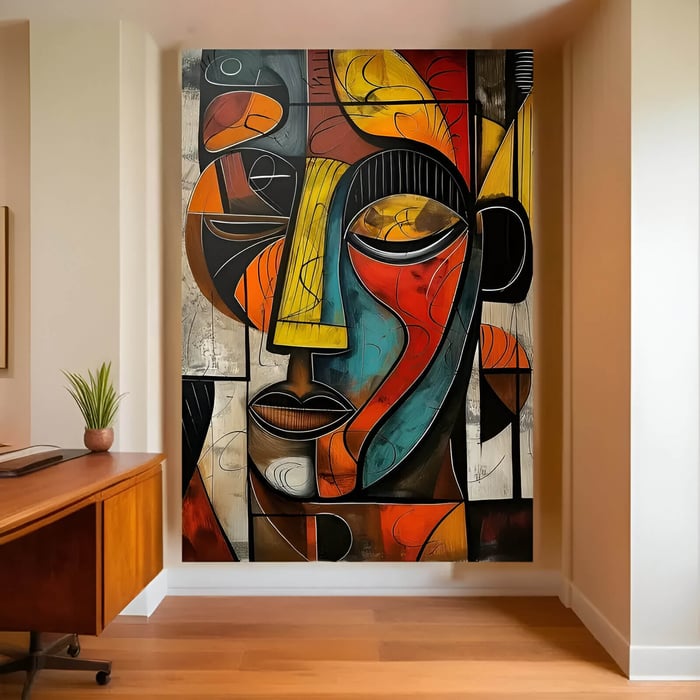
Hallway Art Lighting: Make It Look Gallery-Grade
Light can make inexpensive prints look spectacular. In corridors, you typically have three routes for hallway art: individual picture lights, a run of wall washers, or a ceiling track with adjustable heads. Picture lights create intimacy for single pieces or compact clusters; wall washers and discreet tracks give even illumination to a long gallery without hotspots. Aim for warm white (about 2700-3000K) so skin tones and artwork colours feel natural, and put everything on a dimmer to tune the mood from day to night.
Mind glare. Narrow corridors amplify reflections from glossy glazing and metallic frames. Slightly tilting frames downward, choosing anti-reflective glass, or favouring matte paper can dramatically improve legibility. General decor authorities highlight lighting, plus mirrors and paint as core tools for corridors, and you’ll instantly see why once your art is properly lit.
Design Moves for Small or Dark Hallways
If your corridor is narrow, pair smart optical tricks with hallway art. Hang mirrors to bounce light and widen the view; place them opposite a window or lamp, not at the end of a dark run. Keep the palette pale and cohesive so the artwork stays center stage.
Stripes are surging this year and make a great backdrop. Horizontal bands stretch a space; vertical ones lift the ceiling. Paloma Faith’s boldly striped corridor, often cited by interiors writers shows how paint alone can deliver a fresh, maximalist update.
Another revived heritage detail is the dado rail. Splitting the wall at chair height improves proportions on long walls and gives you a clean datum for linear gallery hangs. It’s a simple, budget-friendly way to add character beneath your display.
Keep surfaces clear: slim consoles, baskets tucked below, and wall sconces protect the walking line while letting the art breathe with plenty of air and light.
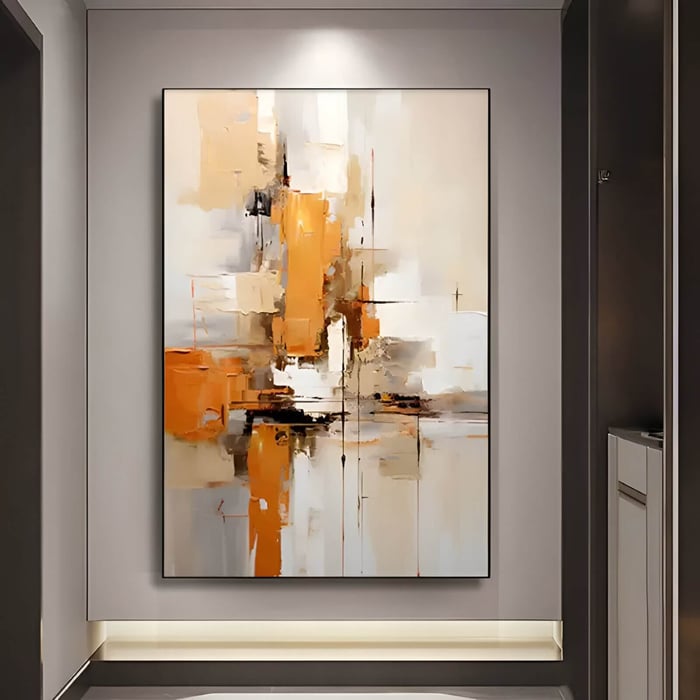
Staircase & Landing: Hallway Art on the Move
Stairs are prime real estate for hallway art and because you view them at multiple heights and angles. When hanging on a flight, match the rise: keep either the top edges or frame centres stepping at the same angle as the stairs so the composition 3d art feels intentional. On landings, one oversized piece can be more restful than many small frames.
Coordinate with your stair runner if you have one. Bold runners are trending again for both style and practicality (grip, sound dampening). Echo a stripe from the runner in your hallway art palette, or pick frames that relate to stair rods and banister finishes for a cohesive whole.
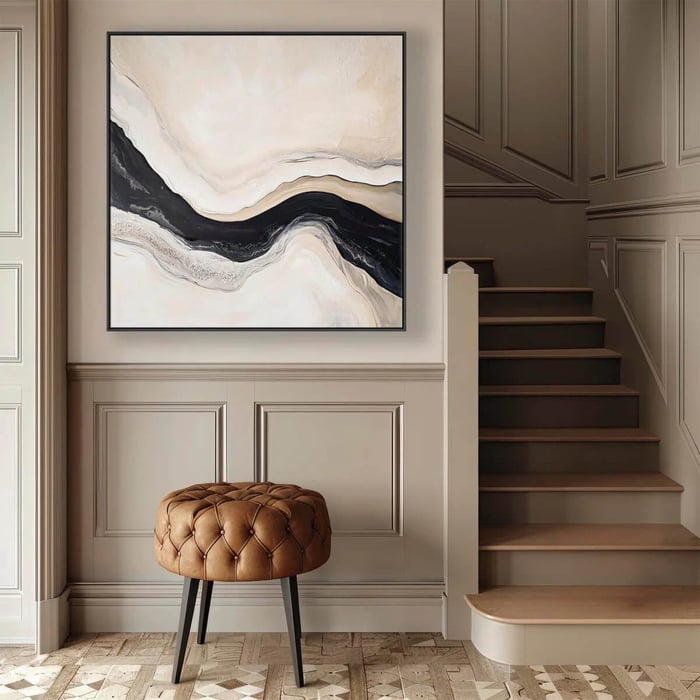
Materials, Frames, and Finishing Touches
Frames are the clothing of your display. Thin black or white profiles look modern; warm timber softens minimalist prints; brass delivers subtle glamour. Matting gives breathing room, especially for small works. In busy corridors, use robust hardware and consider acrylic glazing or laminated glass for safety. Sculptural wood art panels add warmth and texture alongside framed pieces.

Buying, Budgeting, and Authenticity
Building art doesn’t require a gallery budget. Mix originals with prints; splurge on one hero piece and support it with affordable companions. Factor framing into costs, many prints look twice the price with a crisp mat and well-chosen frame. When you do buy limited editions, confirm the edition size and request a certificate of authenticity. For online purchases, check return policies and view-in-room tools; for in-person buys, bring wall measurements and a photo of the hallway so the gallerist can advise.
Care & Maintenance for Hallway Art
Hallways experience frequent movement, light changes, and temperature shifts, so giving your art a little extra care keeps it looking gallery-fresh for years. Regular upkeep not only preserves your frames and finishes but also prevents fading, warping, or accidental damage caused by environmental factors.
Dust frames regularly using a soft microfiber cloth to prevent buildup.
Avoid harsh cleaners on glass or acrylic glazing to prevent streaks or scratches.
Check wall fixings and hanging hardware every season to ensure stability and safety.
In darker or humid entryways, watch for dampness and temperature changes, especially near exterior doors.
If sunlight hits the artwork for hours, rotate pieces periodically or use UV-filter glazing to protect colors from fading.
With consistent care, your art will remain vibrant and age gracefully without requiring high maintenance.
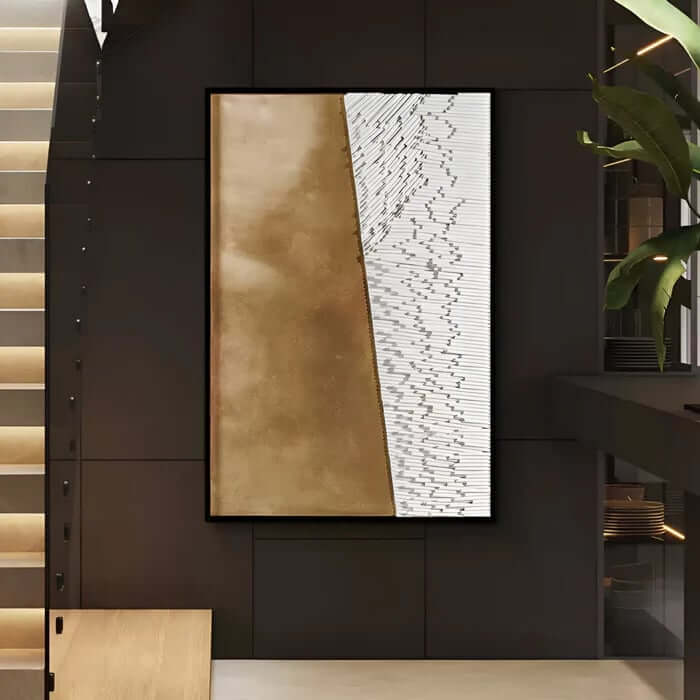
Conclusion: Turn Every Corridor into a Curated Space
Ready to curate a corridor that greets you every day? Measure, mock up with painter’s tape, plan your lighting, and explore thoughtfully selected prints and frames at Giant Sculptures.
FAQs
What size art is best for a narrow hallway?
Choose a single large piece around two-thirds of the wall segment, or a compact series that reads as one unit.
How high should I hang hallway art?
Start around standard eye level for centres; step frames along the stair angle on staircases.
How do I plan a hallway gallery wall?
Pick an anchor piece, map a rectangle with painter’s tape, keep even spacing (5–7 cm), and maintain a unifying thread (frame colour/mat width).
What lighting is best for hallway artwork?
Use picture lights for single pieces or wall-washing/track lighting for long runs; warm white (≈2700–3000K) on a dimmer is versatile.
Do frames need to match?
Not always. Cohesion matters more limit frame colours to one or two and keep mat widths consistent for tidy hallway Art.

